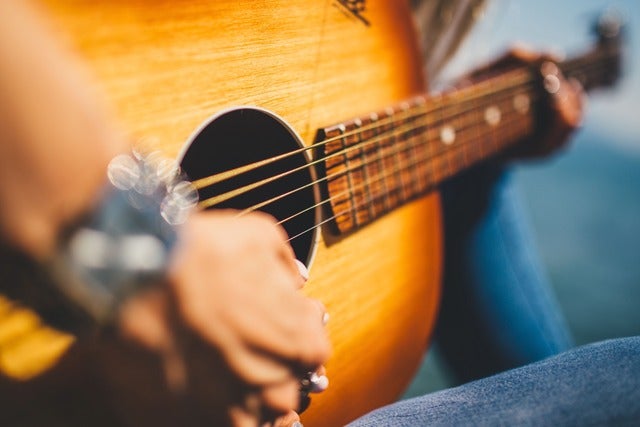Small-town roots, big-room poise
Sundy Best grew out of Eastern Kentucky, blending front-porch country, folk storytelling, and a pop sense for hooks. After a split-and-reunion stretch in the mid-to-late 2010s, the duo returned steadier and more selective, turning shows into sing-along nights built on harmony. Expect an acoustic-forward set with cajon and guitar, easing from mid-tempo sway to brighter strums. Likely staples include
Home and
Until I Met You, with a few deeper cuts pulled for longtime fans. The crowd leans mixed-age, from first-time concertgoers in denim jackets to quiet lifers who know every chorus, and the room tends to share verses rather than shout over them. Two bits of trivia: the name nods to saying "Sunday best" with a regional drawl, and early gigs used a cajon to keep volume low in tight bar corners. Everything about the songs and staging here is an informed read based on recent runs and their usual habits.
What the night might sound like
The Sundy Best Scene: Quiet Pride, Loud Choruses
Quiet signals of a shared place
The room reads like a small-town reunion, with worn denim, clean boots, vintage Kentucky caps, and a few floral dresses under flannels. Fans tend to sing the hook to
Home as a group, then drop to a hush for story verses where you can hear pick noise. You will see soft clap patterns on downbeats, not constant shouting, and the biggest cheers land after tight harmony tags. Merch skews practical: script-logo hats, simple lyric tees, and a few hand-drawn designs that nod to hollers and parkways. Older fans trade memories of early bar shows while newer ones compare favorite live videos, and both sides listen when the band speaks about place. Couples sway more than they dance, and friends lean in to catch lines rather than film every minute. It feels like community care set to guitars, carried by people who still value a clear story and a steady groove.
Rituals that feel earned
Sundy Best, Up Close: Sound Before Spectacle
Two voices, one pocket
On stage,
Sundy Best centers two-part harmony, acoustic guitar, and a hand percussion pulse that sits like a heartbeat. The lead vocal sits high and clear, with the second voice tucking just under it to thicken hooks without crowding them. Tempos hover in the mid range so words land, then kick up for choruses that invite claps rather than moshing. The guitar work favors open shapes and ringing drones, which keeps chords simple and lets melody carry the weight. A lesser-known quirk: the lead often uses a high capo to brighten the tone, making it easier for the harmony to sit in the top of the mix. When the band expands, fiddle or mandolin colors the edges while the cajon keeps the pocket steady and dry. Lights usually glow warm and amber, shifting to cool blues on ballads, but the music stays front and center.
Arrangements that breathe
If You Like Sundy Best: Kindred Roads
Neighboring sounds on the road
Fans of
Tyler Childers tend to connect with this duo's Appalachian writing and matter-of-fact delivery.
Sturgill Simpson followers will hear the same tug between roots tradition and modern groove.
Turnpike Troubadours bring narrative songs that lift live, which mirrors the way choruses bloom at a
Sundy Best show. If you like big, unforced voices over sturdy acoustic bands,
Chris Stapleton also sits in the overlap. The shared audience here values songs that read like hometown snapshots more than flash, and they show up ready to sing harmony lines. All four artists tour with tight bands who leave space for melody, making the rooms feel intimate even when the volume rises. That balance of grit and warmth is the common thread.
Why these pairings line up



